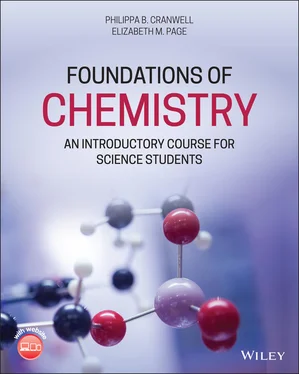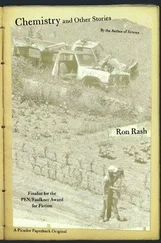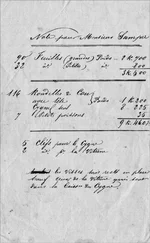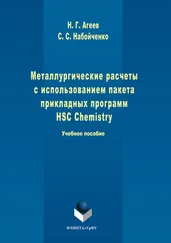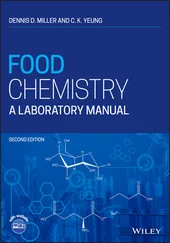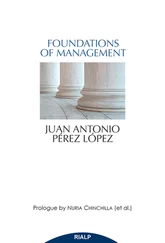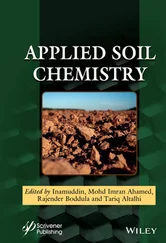Foundations of Chemistry is a concise course in advanced general chemistry specifically designed for students studying at Level 3 (A level or equivalent). It is especially relevant for students enrolled upon one‐year foundation programmes catering for physical and life sciences provided by UK universities, and is intended to introduce students to the core elements of physical, organic, and inorganic chemistry. The text outlines the basic principles in each area of chemistry and builds on prior knowledge from GCSE (or equivalent) courses to quickly expand and develop students' knowledge and understanding. Each chapter contains worked examples that showcase core concepts, and includes practice questions with fully worked answers available on the Wiley website. Margin comments signpost students to knowledge that is covered elsewhere in the book and are used to highlight key learning objectives when appropriate. A summary is given at the end of each chapter that lists the main concepts and learning points.
The authors recognise that many students on foundation programmes study chemistry as a subsidiary subject. We hope that this text outlines and clearly explains the information and knowledge required at foundation level so that these students can progress smoothly onto their parent programmes.
Students are first introduced to the structure of the atom and how the periodic table is built up. The different types of bonding are then described, followed by the way in which the properties of materials are affected by bonding within and between molecules. The fundamentals of physical chemistry including thermodynamics, equilibria, acids and bases, reaction rates, redox, and electrochemistry are explained. Elements and typical compounds from some key groups in the periodic table are considered in more detail, with specific reference to the underlying principles of periodicity and energetics where relevant. Organic chemistry takes a mechanistic approach, so students are able to rationalise reactivity and chemical behaviour; the intention is not for students to learn by rote, but to be able to apply their knowledge and understanding to derive an answer. This skill can be developed by students in a chapter dedicated to synoptic questions in organic chemistry. Finally, a chapter dedicated to spectroscopy demonstrates how modern analytical techniques are used in organic chemistry to determine structure.
The book is concise and focusses on key ideas, yet points students to areas that they may meet if they continue to study chemistry.
Philippa Cranwell and Elizabeth Page
Reading, UK
The authors would like to thank Dr Chris Smith and Dr Jenny Eyley of the University of Reading for patiently reading and commenting on drafts of the manuscript. We are indebted to them for their advice and suggestions for clarification. We would also like to thank our families for the support that they have given us during the preparation of this book, and for their belief that there would be an eventual conclusion!
Philippa Cranwellis Associate Professor of Organic Chemistry at the University of Reading. She has extensive experience of teaching students chemistry, ranging from A‐level to Foundation level and higher. She has co‐authored several texts relating to both practical and theoretical organic chemistry. She actively undertakes research in the field of chemistry education and regularly publishes her works. She was awarded a University of Reading Teaching Fellowship in 2016 for her contribution to teaching and learning.
Elizabeth Pageis Emeritus Professor of Chemistry Education at the University of Reading. She has over 30 years' experience teaching chemistry at Foundation level and higher. She is author of several textbooks for life‐sciences and chemistry students. Elizabeth has been an examiner for A‐level chemistry and helped in the design of the revised A‐level specifications in chemistry. During her time at Reading she established a strong network of chemistry teachers, providing a forum for discussions and guidance in teaching GCSE and A‐level chemistry.
Elizabeth was awarded the Royal Society of Chemistry Education prize for her work with chemistry teachers and is a National Teaching Fellow.
About the companion website
This book is accompanied by a companion website:
www.wiley.com/go/Cranwell/Foundations
The website includes:
Extended answers to the end of chapter questions
Digital images of the in-text figures
At the end of this chapter, students should be able to:
Recognise the base SI quantities used in chemistry and state their symbols and units
Convert between commonly used SI units
Write numbers using scientific notation
Recognise metric prefixes used in expressing large or small numbers.
Understand the use of significant figures when expressing quantities and measurements and be able to round values to the correct number of significant figures
Write chemical formulae and equations and balance equations
Use the appropriate symbol to indicate the physical state of a substance in a chemical equation
0.1 Introduction to chemistry
Chemistry is a subject that underpins many other disciplines. At the heart of chemistry is the study of the elements that make up the periodic table, the reactions they undergo, and the new compounds that are formed.
Water is a compound that we are all familiar with, and most people know the formula for water is H 2O even if they know nothing else about chemistry. The formula of water tells us that it is a molecule made up of two atoms of the element hydrogen and one atom of the element oxygen. In your course, you will learn that the elements in the periodic table are composed of atoms and that atoms are made up of smaller particles called protons, neutrons, and electrons. It is the specific combination of protons, neutrons, and electrons that gives each element its particular properties.
Hydrogen and oxygen are two of the smallest and lightest elements in the periodic table. Both hydrogen and oxygen are gases at room temperature, whereas water is a liquid. During your studies, you will learn why certain substances are gases or liquids, with low melting points and boiling points, and why other substances are solids that are very difficult to break down or melt. These properties depend to a certain extent upon how the atoms are arranged in molecules of the substances. For example, a water molecule has a bent shape ( Figure 0.1). The bent shape of the water molecule is one of the factors that determines the melting and boiling point of water and ensures that it is a liquid at ambient temperatures. If the atoms in water were arranged in a straight line, water would have a much lower boiling point and would likely be a gas at room temperature. Clearly, this would have a major impact on life on earth. In this course, you will learn how to predict the shapes of small molecules such as water and see how important shape is in chemistry.
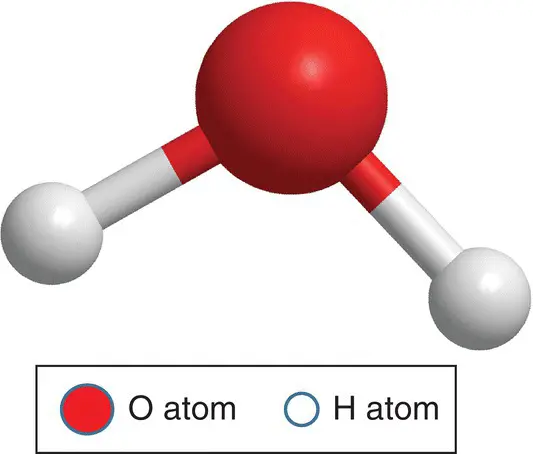
Figure 0.1The shape of a water molecule, H 2O.
In this chapter, we will introduce some of the fundamental tools necessary for studying, understanding, and applying chemical principles. You may have met some of these rules before in other subject areas, and you will probably meet them again later in the book, but this chapter should act as a toolbox from which you can select the information and guidance you need for the rest of the course.
Читать дальше
